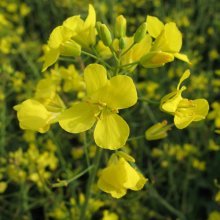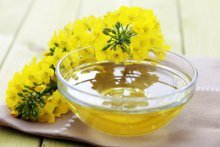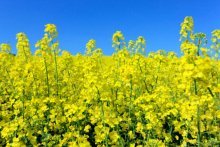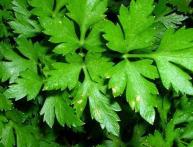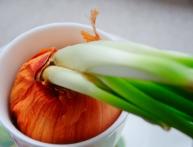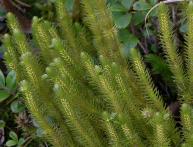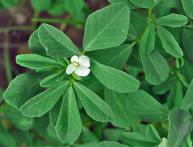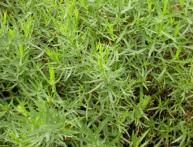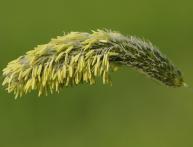What is rapeseed: description of the plant, cultivation characteristics, economic importance
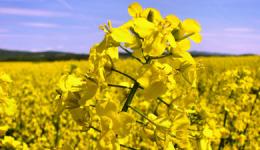
The world of wild and cultivated plants is rich and diverse, and most people have never seen a significant part of them in their lives, this also applies to rapeseed.
Although many can remember what its closest relative looks like - the rapeseed. It is she who blooms with a solid yellow carpet in meadows and fields; rapeseed also has similar inflorescences.
Many explanatory dictionaries report that rapeseed is olive plant from the Cruciferous family. Let's try to figure out what rapeseed is and how the oil obtained from it is used.
Content:
Rapeseed, botanical characteristics
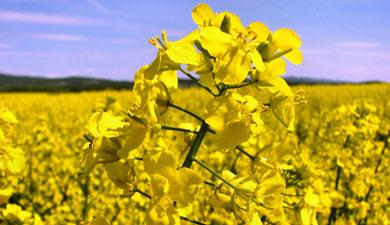
The herbaceous annual plant rapeseed belongs to the genus Cabbage of the Cruciferous (Cabbage) family. Unlike many cultivated relatives, rapeseed does not have a single wild ancestor.
Genetic studies have shown that rapeseed is a natural hybrid that contains complete, diploid sets of chromosomes from the parent forms. For him it’s rapeseed and cabbage. There are two forms, winter and spring.
The roots of winter rapeseed penetrate three meters into the soil, and those of spring rapeseed - two meters. At a depth of approximately 40 cm, the taproot begins to branch and grow horizontally.
The above-ground parts of the plant have a height of one to two meters.The stems are straight, round, and in some varieties up to three centimeters in diameter.
Two to three dozen first-order branches extend from the stem. The stems are covered with a waxy coating and have a green or bluish color.
Canola is easy to distinguish from other relatives of the Cruciferous family by leaves. There are three types of leaves on the stem. The lower leaves, strongly cut, with a rounded upper part, have petioles and are collected in a basal rosette.
The middle leaves are long and spear-shaped. The leaves are located at the top of the plant, sessile, lanceolate, with a solid edge and an expanded base. The leaves have a waxy coating and are green-blue or purple in color.
There are varieties with both a large number of leaves and weak foliage.
The flowers are yellow, collected in corymbs. The fruit is a pod, up to 10 - 12 cm long, divided along the entire length by a membranous septum.
Each pod contains about three dozen spherical dark-colored seeds. It is noteworthy that rapeseeds are extremely small.
If you put one thousand spring rapeseed seeds on the scale, their weight will not exceed five grams, and that of winter rapeseed - seven grams. Rapeseed is propagated by seeds that do not lose their germination for up to six years.
Why and how rapeseed is grown
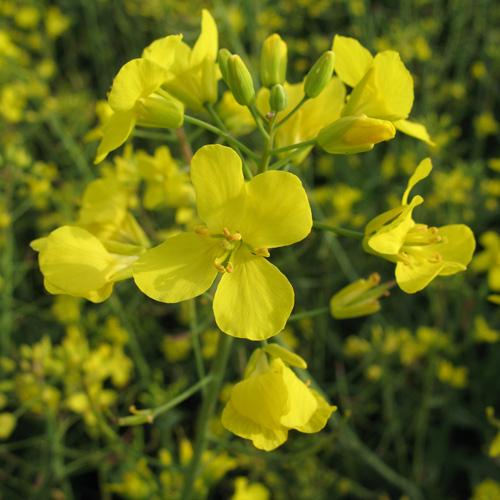
Industrial rapeseed crops are due to its use in the national economy. First of all, this crop is grown for the following purposes:
- production of technical oils and biofuels
- production of detergents and cosmetics
- obtaining edible vegetable oil
- preparation of green fodder
- use in feed based
Rapeseed is grown in two ways. In mid-August, winter rapeseed is sown. Sowing is done in rows, with a row spacing of 45 - 50 cm.In spring, winter rape seedlings can withstand frosts down to minus 4 degrees.
It blooms a month after the start of spring growth, flowering duration is one month. The total duration of the growing season is more than three hundred days.
It should be noted that as a fodder crop, winter rapeseed has no equal, since it is one of the first to produce green mass, and when processed, the amount of protein is comparable to alfalfa.
The disadvantages include low winter hardiness. Recommended for cultivation in regions with mild winters, such as the North Caucasus and western regions of Ukraine. The best varieties of winter rapeseed include:
- Anniversary
- Dublyansky
- Kyiv 18
- Nemerchansky 2268
- Mytnitsky 2
Spring rape has a second name - colza. It is sown in early spring along with the earliest spring cereals. The crop is harvested at the end of July. In many regions it is recommended for cultivation as fodder cultureThus, it is grown in the Baltic states, Belarus, Kazakhstan, Siberia, and Ukraine.
The first mowing of the green mass is carried out before flowering begins; the above-ground parts from the left ottawa quickly grow back. The most common varieties of spring rapeseed are:
- Lvovsky
- Kubansky
- Vasilkovsky
- East Siberian
The growing season for colza is on average one hundred days. Both winter and spring rapeseed varieties are responsive to the application of organic and mineral fertilizers. They grow well when applied with manure and complete complex mineral fertilizer.
The world leaders in rapeseed cultivation are Canada and China.Currently, the popularity of biofuel from rapeseed is growing; by adding relatively cheap ingredients to rapeseed oil, such as caustic soda and methyl alcohol, excellent diesel fuel can be obtained.
To obtain one ton you will need a ton of oil, a little more than a hundred liters of alcohol and ten kilograms of caustic soda. The cost of a ton of such diesel fuel is almost two times cheaper than diesel fuel offered at gas stations.
Currently, the question of using rapeseed oil remains open. food product and here there are some peculiarities.
Rapeseed oil as a food product

During the Second World War, at the request of the allied countries, Canada increased the area under rapeseed, from which fuel and lubricants for military equipment were produced.
Technical oils made from it “stick” well to metal parts, which reduces the consumption of technical fluids and increases the service life of weapons and equipment.
But during the years of peace, Asian rapeseed producers returned to the market, and the demand for rapeseed oil for technical purposes fell. What was suitable for iron machines was not very suitable for people.
Attempts to produce food rapeseed oil were unsuccessful. The oil turned out to be green in color, with a bitter aftertaste and not a very good smell. It was steadfastly ignored by buyers.
In addition, rapeseed oil had a negative effect on the heart and blood vessels. All undesirable qualities are associated with large amounts of chlorophyll, erucic acid and glycosinolates.
Geneticists faced the difficult task of developing varieties in seeds whose content of these substances would tend to zero. At the same time, fairly high winter hardiness was needed.
The result of this work was the registration in Canada of rapeseed oil under the trademark Canadian Oil, Iow Acid, which translated meant Canadian oil with low acidity, abbreviated as canola. An oil that contained no more than two percent erucic acid could be called canola.
Currently, debates about the benefits and harms of vegetable oil from this crop for human health continue. It is very often included in margarines and used in the preparation of fast food, semi-finished products, confectionery, chips, popcorn and even baby food.
At the same time, labels do not always contain information about the content of rapeseed oil in products, and the name canola is not known to all consumers. Opponents of rapeseed oil as a food product argue that it is impossible to completely remove it from the body; it leaves marks on the heart and blood vessels.
Proponents insist that benefits of oil from rapeseed in a high content of oleic acid, in this way it is similar to olive oil.
Today in the consumer market, approximately 14% of all vegetable oils are rapeseed oil, and the choice always remains with the consumer.
Video about sowing rapeseed:
Interesting information about the vegetable garden

